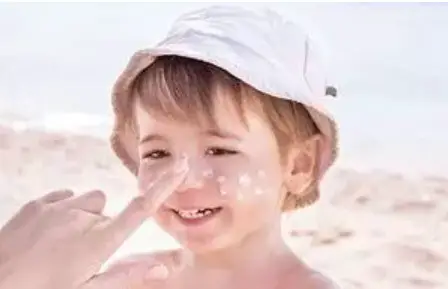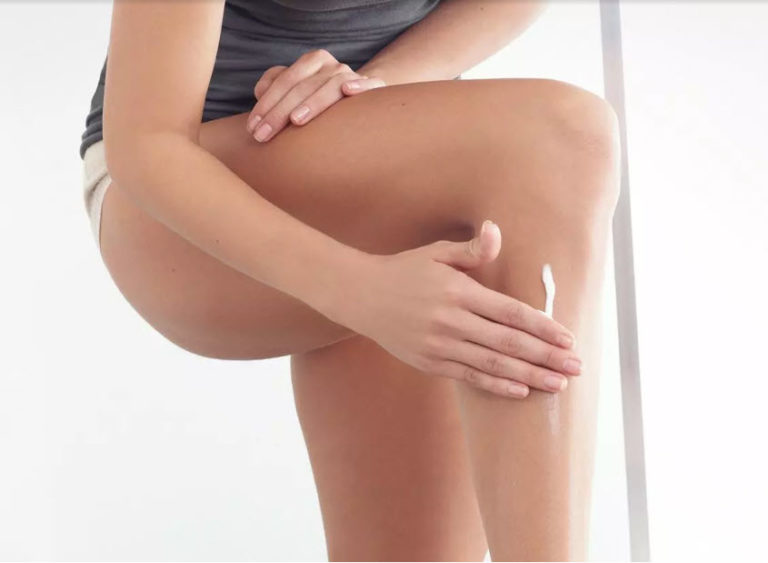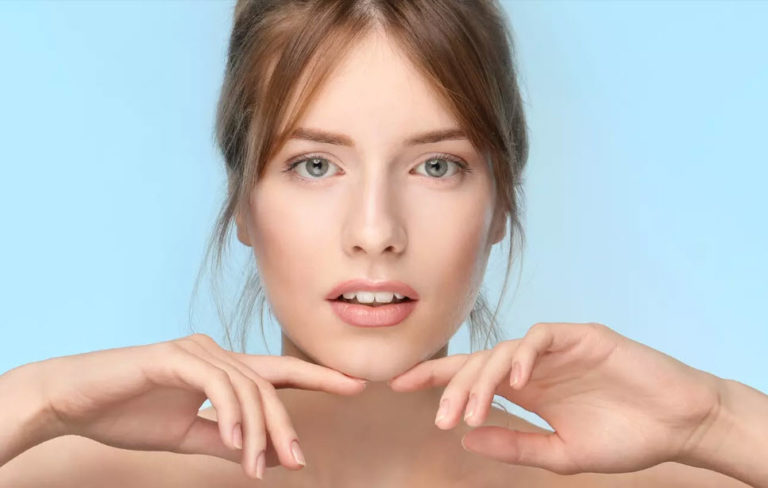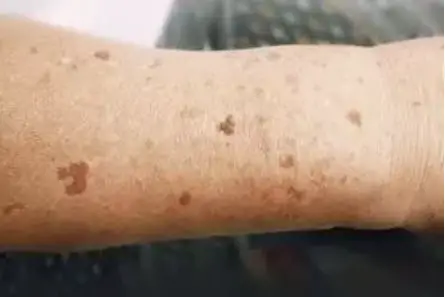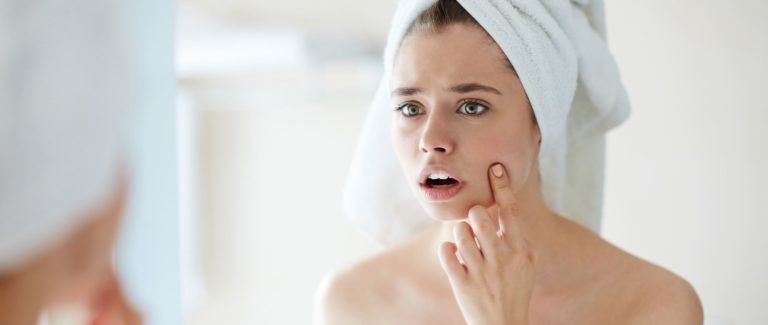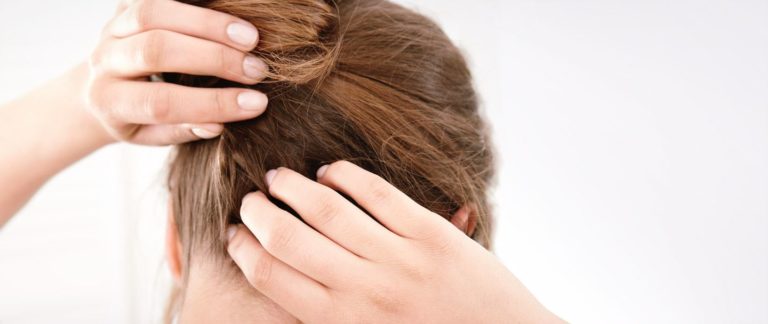Neurodermatitis in Babies: Background and Care
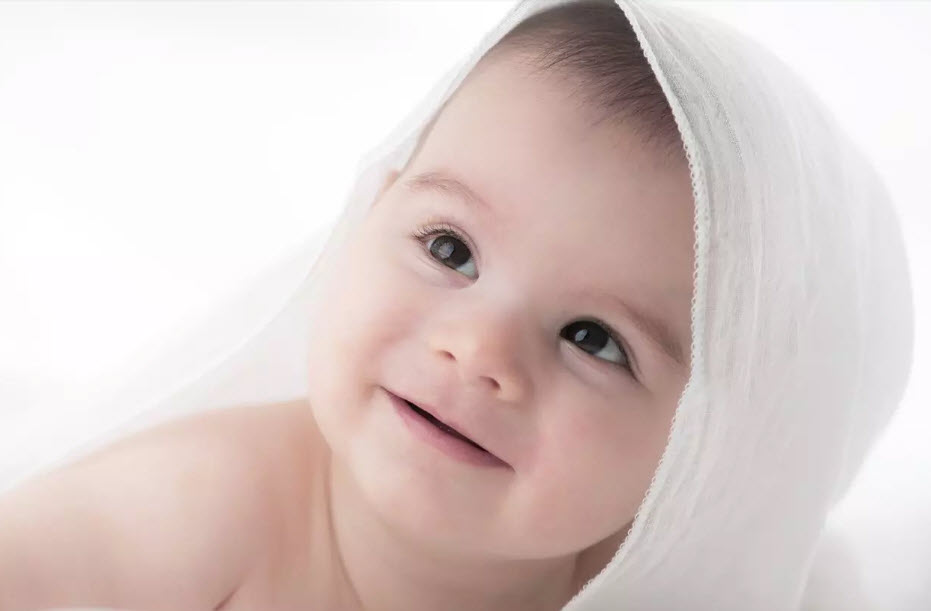
The good news first: Neurodermatitis (med. atopic eczema) is indeed the most common skin disease in childhood – but a spontaneous healing is possible at any time*. However, at least 30% of all children who suffer from neurodermatitis develop eczema, at least temporarily, even in adulthood.
Neurodermatitis is a chronic, non-infectious skin disease that often occurs in the first years of life. The first signs and characteristic symptoms of atopic dermatitis, especially itching, often do not appear until the third month of life.
Atopic dermatitis weakens the skin barrier and the immune system is hypersensitive. Those affected typically experience a phased course: a relapse-free (“symptom-free”) phase and an acute phase (“relapse”). Intensive skin care is necessary and helpful in both phases.

How to recognise the first signs of neurodermatitis in babies
The so-called milk crust can be the first sign of neurodermatitis. This manifests itself in the form of reddening of the skin and crusts on the face, scalp, arm and knee bends. However, this should not be confused with “head gneiss”, which has nothing to do with neurodermatitis. In acute episodes, atopic eczema can spread to the entire body.

The biggest problem is above all the characteristic and usually very itchy eczema. This is a particular challenge for parents: You should do everything you can to keep children from scratching, as this can further damage the skin and lead to inflammation.
Good to know:
Neurodermatitis in babies occurs only very rarely in the diaper area – here it is too wet. However, parents often confuse a diaper rash with the symptoms of neurodermatitis.
It must be the task of the parents to break the cycle of itching and scratching.
The causes and triggers of atopic dermatitis in infants
The causes of neurodermatitis are not completely understood. However, the following findings are regarded as certain:
- The predisposition is largely genetic : If one parent suffers from neurodermatitis, the child has a 40% risk of developing the disease. If father and mother are affected, it rises to 67%.
- It runs in the family: If there are allergies in the family, especially hay fever and asthma, the likelihood of atopic dermatitis also increases.
- The symptoms come with weaning: In babies, atopic eczema often occurs after weaning and when they are fed a supplementary diet.
- Favouring environmental factors: Besides genetic predisposition, environmental factors and physical stress, infections and allergens (e.g. food, pollen, house dust, animal hair) also play a role.
- The origin can decide: Studies show that children from industrialised countries with higher pollution levels and from cold climates are more frequently affected.
- Late parents bear more risk: Newborns are also more vulnerable if the mother is a little older at birth.
Triggers (so-called “triggers”) are known:
- Incompatibilities of certain foods and beverages (e.g. dairy products or nuts). Neurodermatitis often only occurs when weaning is started and the baby is given supplementary food.
- Allergies to animal hair, pollen or dust mites. As cute as cats may be, their hair can sometimes promote neurodermatitis.
- External factors, such as environmental factors, weather conditions, cigarette smoke, detergents and cleaning agents, and clothing made of wool or nylon. The contact of baby skin with wool or nylon is also known as a trigger for neurodermatitis.


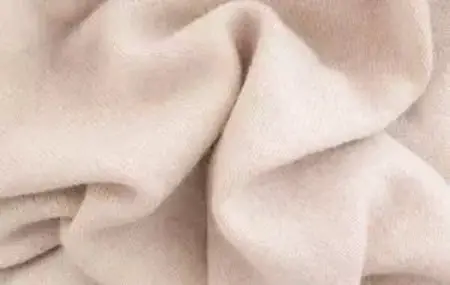
Care tips for neurodermatitis in babies
If your baby suffers from neurodermatitis, we recommend keeping a diary first. In it you can record how your baby’s symptoms develop in interaction with certain factors. This helps both you as parents to deal with the disease and the doctor to make a diagnosis and possible therapy recommendations.
In general, daily and conscientious skin care plays a decisive role in the treatment and alleviation of neurodermatitis. With suitable care products you can keep your baby’s skin supple, protect it from dryness and reduce the symptoms. You should note the following:
- Cream your baby at least twice a day – preferably with a moisturising ointment or lotion, especially after bathing. For example, The basic care of the AtopiControl skin care series is particularly suitable here. While omega-6 fatty acids and ceramides strengthen the skin’s protective barrier, Licochalcone A has a soothing effect and reduces redness. The basic care of the Eucerin AtopiControl skin care series strengthens the barrier function, provides moisture and reduces feelings of tightness.
- Use mild cleaning products if possible. Alkaline soaps are aggressive to the skin and dry it out.
- Limit the bathing time to a few minutes only and prepare the bath with warm (and not hot) water. It is better not to take bubble baths. Bathing is fun, no question. But better limit the bathing time to a few minutes. Prolonged bathing can dry out the skin.
- Dab the skin gently dry before applying the skin cream.
- Talk to a dermatologist. In general, it is better to discuss the treatment and skin care for your baby in detail with him or her.
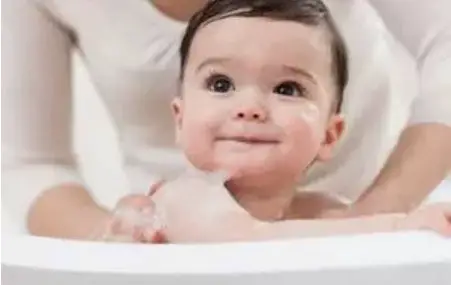
What else helps your baby with neurodermatitis?
The following tips can also help you with the treatment of your baby:
- Breastfeeding has many advantages for mother and child. It is recommended that full breast-feeding should be carried out for the first 4 months. The recommendation to introduce supplementary foods after the age of 4 months is useful for reasons of increasing nutrient requirements.**
- Nutrition is the be-all and end-all. Already at the clinic, make sure that your newborn baby receives only hyperallergenic baby food and is not accidentally fed with foreign protein, e.g. with breast milk substitute in the form of cow’s milk or soy milk.
- Avoid exposing your baby to the sun – especially in the first few months. Then protect it with Kids Sun Spray SPF 50+, for example. It is suitable for babies from 6 months. Effectiveness and skin compatibility have been proven in dermatological studies – even in children with neurodermatitis. Even if it is annoying: when the sun is shining, adequate sun protection is essential for your child.
- Pay attention to skin-friendly clothing. Dress your offspring in wide cotton or linen clothing. In this way you avoid unnecessary skin irritation. And wash your children’s new clothes several times before wearing them for the first time. Clothing made of cotton is better for children than wool or nylon – they are softer to the skin and do not irritate it.
- Do not smoke near your child and avoid letting your baby inhale tobacco smoke. Tobacco smoke increases the risk of allergies (especially the risk of asthma).
